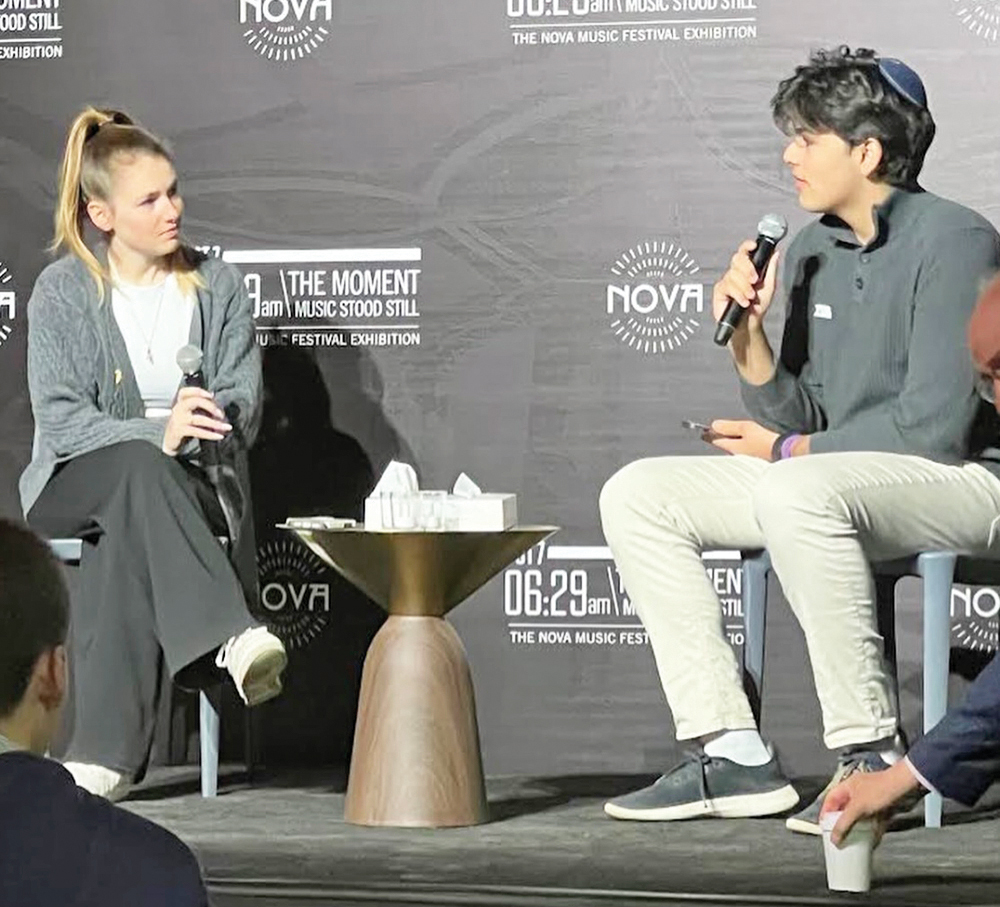Luckily, in the Modern Orthodox Jewish (“MOJ”) world, there are several options for sleepaway camp (at least during non-COVID times), allowing families to find the right fit. In some ways, MOJ camps are like the former British pop group “The Spice Girls” because many camps are either sporty, posh or scary.
However, a particular facet that often separates one MOJ sleepaway camp from another is the camp’s (actual or perceived) hashkafa, i.e., guiding principles and philosophy. No two MOJ camps have the exact same hashkafa just like (i) no two cooks make the exact same cholent, (ii) no two rabbis deliver the exact same sermons and (iii) no two bubbies knit the exact same tallis bags.
Hashkafa is a tricky topic because hashkafic differences unfortunately can lead to comparisons and competition, with MOJ camps vying to have either a stricter or more lenient hashkafa, depending on the desired clientele. Nevertheless, when it comes to variations in hashkafa among MOJ camps, there typically is a standard deviation on most MOJ issues without a large lacuna between camp policies. For example, at all MOJ camps, boys wear kippot, campers daven tefillot and the canteen serves ugiyot.
When it comes to socializing, however, there may be some discrepancies. Some MOJ camps go to greater lengths than others to separate boys and girls and to enforce tznius standards. That said, no self-respecting MOJ camp would permit females (or males) to stroll all around campus wearing revealing bikinis. (Yes, the phrase “revealing bikinis” is redundant like “smelly stench” or “menschy mensch.”) Speaking of women’s wear, for some reason when MOJ camps send around packing lists, invariably the list for females includes a prohibition against “spaghetti straps.” This raises the question as to whether other forms of pasta-related clothing would be permitted including tortellini tops, bucatini bustiers or capellini corsets.
(Yes, linguine leggings also are an issue.)
Sometimes what separates one MOJ camp from another, hashkafically speaking, is how campers interact on Shabbos. The normal MOJ hashkafic spectrum covers everything from the “Shabbos Talk” to “Shabbos Walk” and also includes the lamentable:
1. “Shabbos Balk” which occurs when someone rejects an invitation to a Shabbos Talk or Walk.
2. “Shabbos Stalk” which occurs when you spend the entire Shabbos desperately and pathetically hunting for someone to ask out for a Shabbos Talk or Walk.
3. “Shabbos Chalk” which occurs when you sheepishly circle back to your bunk to explain your failures, which you unconvincingly “chalk” up to a lack of worthy candidates.
Could it be that some MOJ camps are trying to out-hashkafa each other as part of a clash of correctness? Perhaps, but few if any camps take this competition to unreasonable extremes. So, how do you know if a MOJ camp is way too hashkafically harsh? Here are some hypothetical examples of a camp going too far:
1. Males must wear water-proof kippot in the shower.
2. Separate visiting days for males and females.
3. Every other day is a fast day.
4. Mordechai Shapiro songs are deemed far too edgy.
5. You must obtain a formal heter to have fun.
Another example of hypothetical hashkafic harshness would be a daily schedule at a MOJ camp that looks something like this:
1. Shacharit (7:00am-9:00am)
2. Breakfast, including a lecture titled “Cereal Killer: How to
Completely Finish Breakfast to Avoid A Bal Tashchis Violation” (9:00am-9:10am)
3. Learning, including a lecture for females titled “Bigwig: How Wearing a Sheitel Can Transform You Into a Mogul“ (9:10am-11:55am)
4. Sports, including “bais”ball (11:55am-12:00pm)
5. Lunch, including pizza pupiks (12:00pm-12:10pm)
6. Free time, during which campers may either perform a mitzvah or practice not speaking lashon hara (12:10pm-12:15pm)
7. More learning, including a lecture for males titled “No Strings Attached: How Wearing Tzitzit Can Help You Negotiate a Condition-Free Commercial Transaction” (12:15pm-3:00pm)
8. Electives, such as challah braiding (for females) and payis braiding (for males) (3:00pm-4:00pm)
9. Mincha (4:00pm-5:00pm)
10. Dinner, including gefilte-on-a-stick (5:00pm-5:10pm)
11. Maariv (5:10pm-6:00pm)
12. More learning, including a lecture titled “It’s A Wrap: How Wearing Tefillin Can Help You Direct A Movie“ (6:00pm-9:00pm)
13. Kumzitz, including a lecture titled “Silence is Golden: How to Comply with the Kol Isha Rule” (9:00pm-9:30pm)
14. Late-Night Learning, including a lecture title “Merry-Go-Round: How to Dance in a Hora Circle for Several Hours Without Getting Dizzy.” (9:30pm-12:00am)
15. Midnight Madness, including a lecture titled “Summer Surplus: How to Convince Your Parents to Make Tax-Deductible Contributions to the Camp Director’s Discretionary Fund.” (12:00am-1:00am)
Final thought: Where do presidential candidates spend their summers? Answer: Camp Aign.
By Jon Kranz













